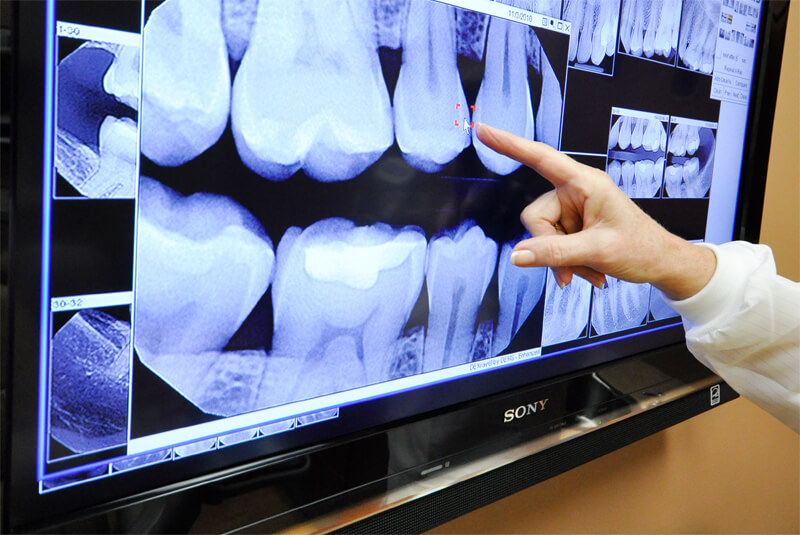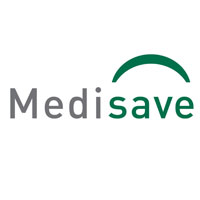It’s quite obvious right now in the radiology field that old-school, analog image acquisition and processing using films are about as inefficient as imaging can get. Most people also know that there are multiple ways to take your imaging into the digital age. Digital X-ray replaces the use of film and computed radiography (CR) plates with a direct digital transfer of X-ray images into the PACS.
Digital radiography is a mode of X-ray imaging that uses digital X-ray sensors instead of film or computed radiography. Some reasons for preference of Digital Radiography (X-ray) includes time efficiency as it bypasses chemical processing and can transfer and enhance images digitally. Also, less radiation can be used to project an image of similar contrast to conventional radiography. Instead of an X-ray film, digital radiography uses a digital image capture device. This gives advantages of immediate image preview and availability; elimination of costly film processing steps; a wider dynamic range, which makes it more tolerable to over- and under-exposure; as well as the capacity to apply special image processing techniques to enhance the overall display quality of the image.
Digital radiography provides so many advantages over the conventional film that it’s easy to see why practices are drifting towards digital dental X-ray systems in their numbers. It’s telling that dentists without digital X-ray imaging who plan to sell their dental practices are finding it difficult. Also, your patients expect to see modern technology in your office. When you go digital with DMC, you provide top-class, expert treatment to your patients while improving the rating and efficiency of your office, saving time and money.

Advantage of Digital X-ray
1. Better quality of care: The equipment you use determines the way your patients perceive your practice. These days, patients are concerned about exposure to radiation, and conventional radiography can put you at a disadvantage. Digital X-ray reduces radiation exposure by 75% or more.
2. X-ray image enhancement: Digital X-ray systems allow you control the exposure of each image in real time, so you can make pictures darker or lighter on demand. You can also enlarge images, make enhancements to color and superimpose textures.
3. Improved X-ray image quality: Clarity and precision detail are crucial to dental imaging. Digital X-ray equipment provides image quality that supersedes traditional film, bringing out tiny fractures and imperfections that could have been missed on film.
4. More comfortable use than conventional radiography: With just a small amount of training, the practitioner and their staff can quickly adapt to digital radiography equipment.
5. Quick image sharing: Digital radiography gives your practice the ability to send images to other practitioners in just moments. Send digital X-rays while you’re talking on the phone or even while a patient is being treated.
6. No chemical developers: No patient or even practitioner likes dealing with harmful developing chemicals and fixing solutions. Digital radiography eliminates the use of automatic film processors.
7. No more lost images: Digital X-ray removes the risk of losing essential radiographs since they safely store your X-rays image with no worries.
Disadvantage of Digital X-ray
The disadvantage of digital X-ray is mostly related to the sensor. The sensors are expensive to buy, and also in the case of damage of the sensor, it requires high cost for replacements
Make an Appointment Today!
NoFrills Dental @ Marina Square
6 Raffles Boulevard,
Marina Square,
#B1-11
Singapore 039594
T: +65 6227 8885
E: marinasquare@nofrillsdental.com.sg
NoFrills Dental @ Suntec City
3 Temasek Boulevard
Suntec City (North Wing)
#03-317
Singapore 038983
Call Us Today
+65 9007 1085


































